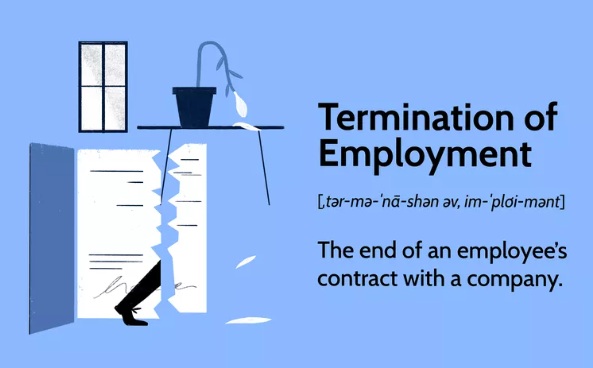
Core Incident and Context
With a shocking disclosure involving an internationally reputed IT company operating in India. A loyal employee who has served the company for over 12 years reportedly faced coercion aimed at forcing his resignation. Despite his extensive tenure, he was allegedly subjected to marginalization and exclusion — not provided work, given poor appraisal reports, and isolated — all tactics intended to compel him to quit voluntarily. This case was serious enough that the employee chose to file a complaint with the Labor Commissioner’s office.
The broader implication is that such incidents are not isolated but rather symptomatic of a common practice in the Indian IT industry. Companies avoid direct termination due to legal complications and instead resort to “constructive dismissal” — a term describing scenarios where an employee is effectively pushed to resign because of hostile or unfavorable workplace conditions engineered by the employer. This practice is legally questionable but prevalent.
The Legal Ambiguity: Workmen Definition
A crucial point raised is the ambiguity regarding who qualifies as a “workman” under Indian labor law in the context of IT employees. The video explains that most IT employees fall outside the conventional definition of “workmen,” which complicates their access to legal remedies, especially against wrongful dismissal or forced resignations. This ambiguity often results in deprived justice and unresolved disputes.
This problem becomes even more complex because, under labor laws, “workmen” have specific protections, including safeguards against unfair labor practices and dismissal without cause, while IT professionals classified differently may not enjoy these protections.
The Role of Employee Unions and Appeals to Government
In response to these systemic issues, employee groups like Forum for IT Employees have raised their voices, demanding intervention and justice. They have appealed directly to the Chief Minister of the state, seeking authoritative action to stop these coercive practices.
Understanding Constructive Dismissal
The video introduces the concept of constructive dismissal, explaining it as one where an employee resigns due to intolerable work conditions created by the employer. Unlike direct firing, which invokes specific legal procedures and protections, constructive dismissal is subtle, using workplace ostracization or unmanageable appraisal reports to drive resignation. Though illegal, proving constructive dismissal and getting redress is challenging, especially in the IT sector due to employee classification issues.
Supreme Court and Legal Interpretations
The video promises to explore the Supreme Court’s stance on the issue, especially about the definition of a “workman.” While details from the court rulings are not extensively summarized, the mention suggests ongoing or past legal debates about whether IT sector employees qualify for labor protections traditionally granted to industrial workers.
Broader Industry Reality
This practice of pressuring employees to resign rather than straight dismissals resonates across numerous Indian IT firms where thousands of employees work. Reasons cited include lack of new skills or perceived poor salary justification. Yet, the employees’ exclusion from work and associated mental stress reveal unethical workplace behavior that is widespread but insufficiently addressed.
Summary of Key Points:
- An experienced IT employee with 12 years of service was allegedly forced to resign by being marginalized, a case filed with labor authorities.
- This reflects a widespread practice in the Indian IT industry, where companies use pressure (constructive dismissal) rather than direct termination to avoid legal hassles.
- The key legal hurdle is the classification of IT employees — many do not fall under the traditional “workmen” category, limiting their labor law protections.
- Employee forums are actively raising concerns and have approached government leaders for intervention.
- The problem highlights the mental and professional toll on employees pushed out through these means.
- The intention to detail legal definitions and Supreme Court judgments affecting the rights of IT workers.
Conclusion
An insightful critique of employment practices within India’s IT industry, spotlighting the gap between employee rights and corporate practices. It urges awareness of the constructive dismissal phenomenon and calls for clearer legal safeguards to protect employees classified ambiguously as well as enforcement mechanisms to prevent exploitation.